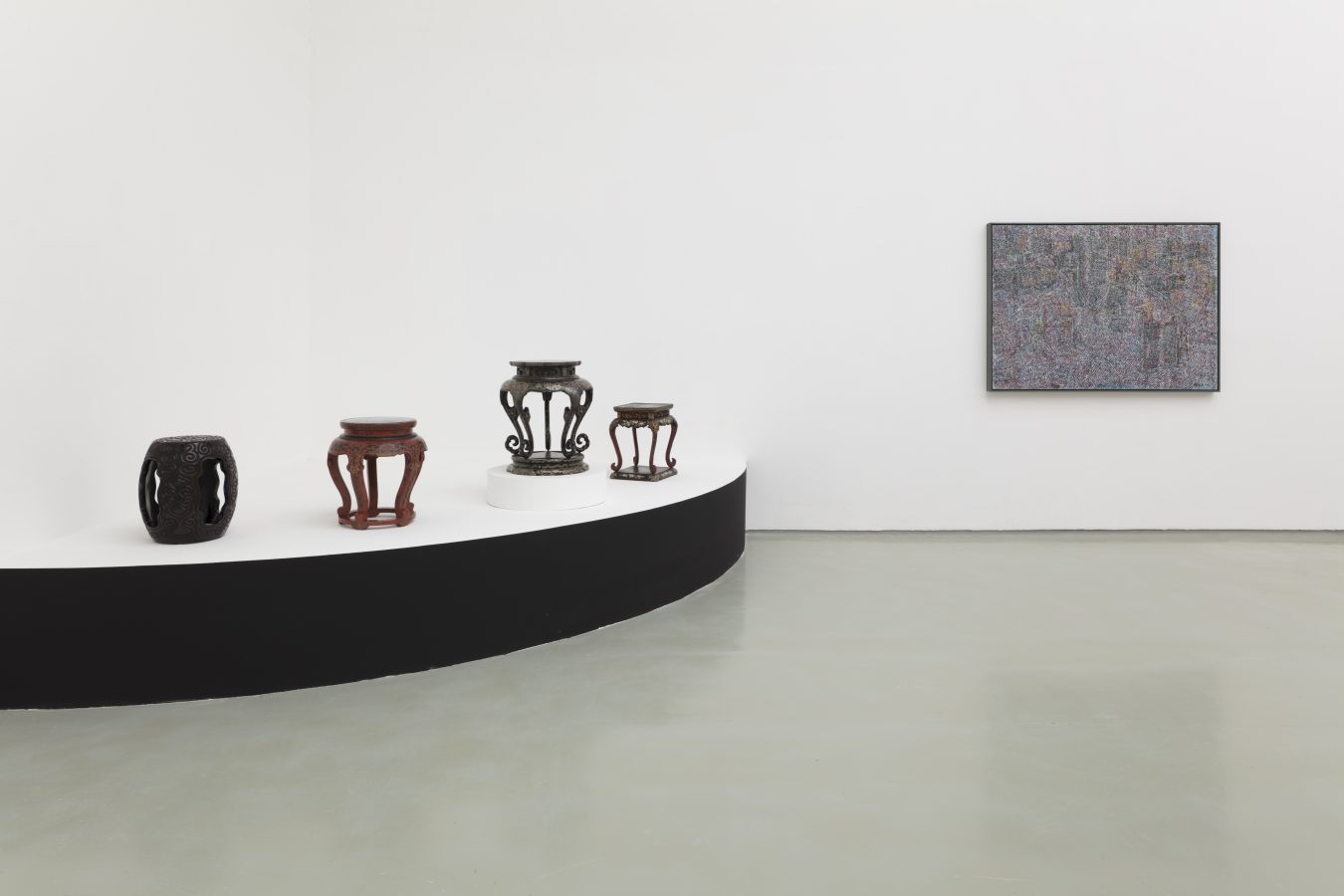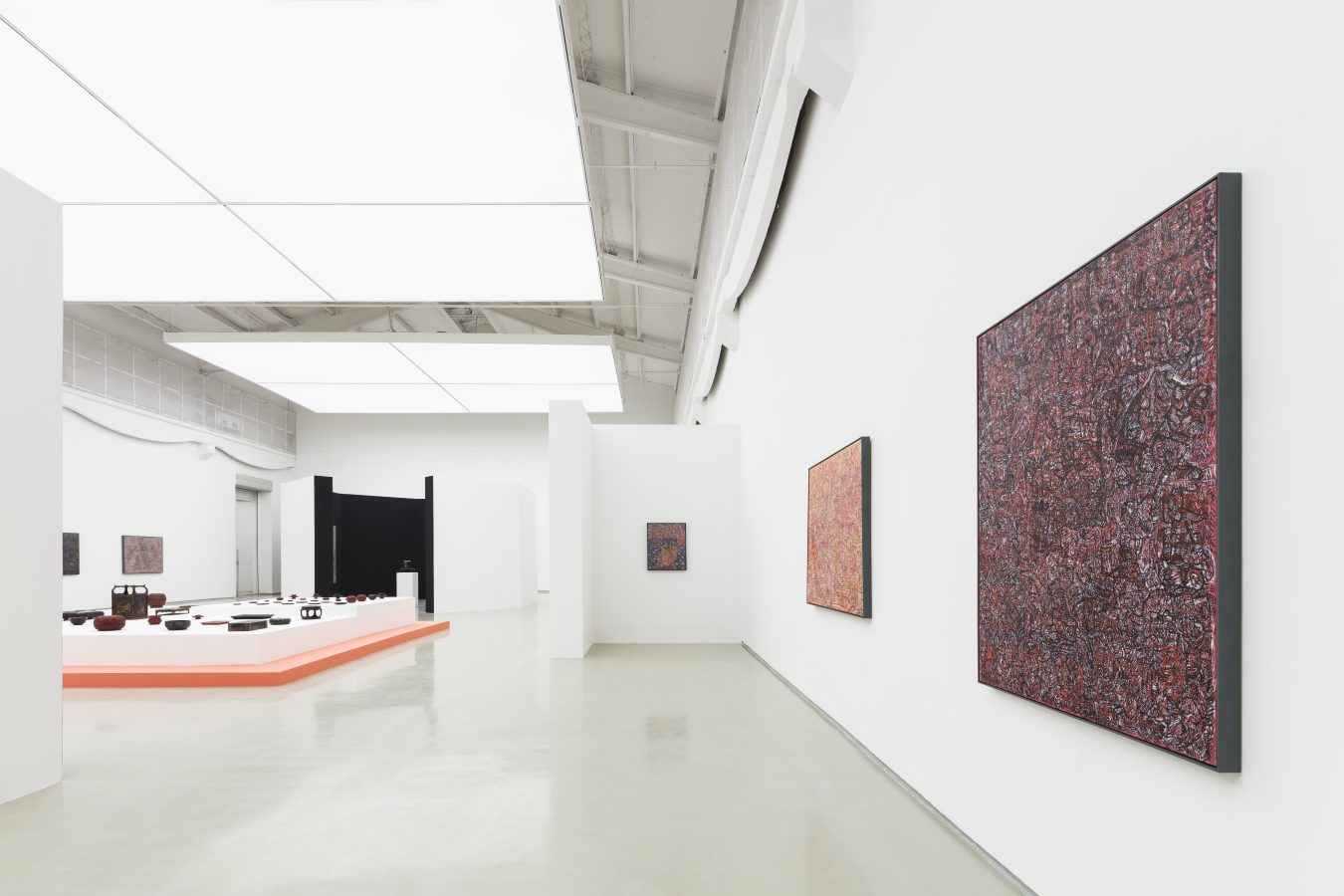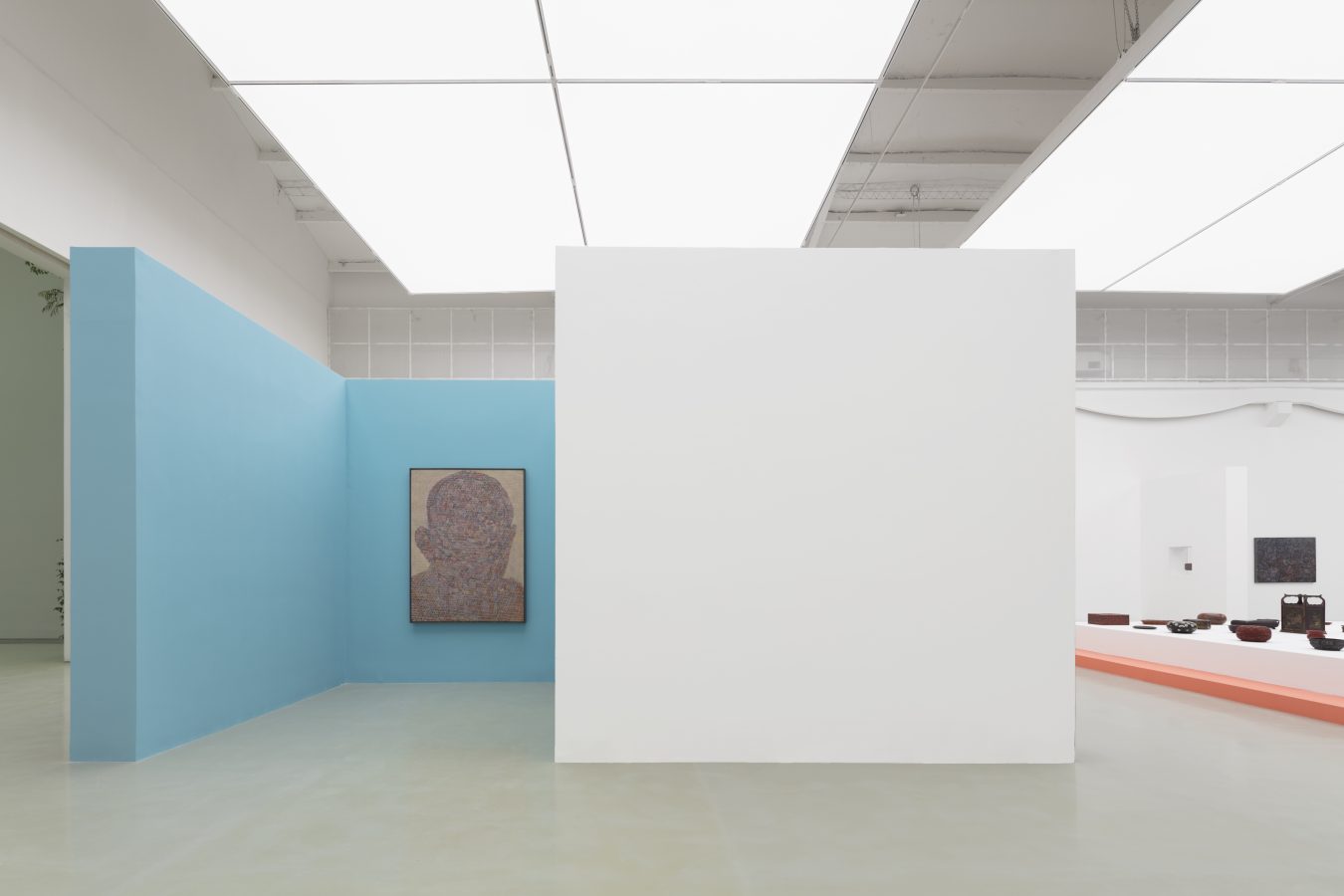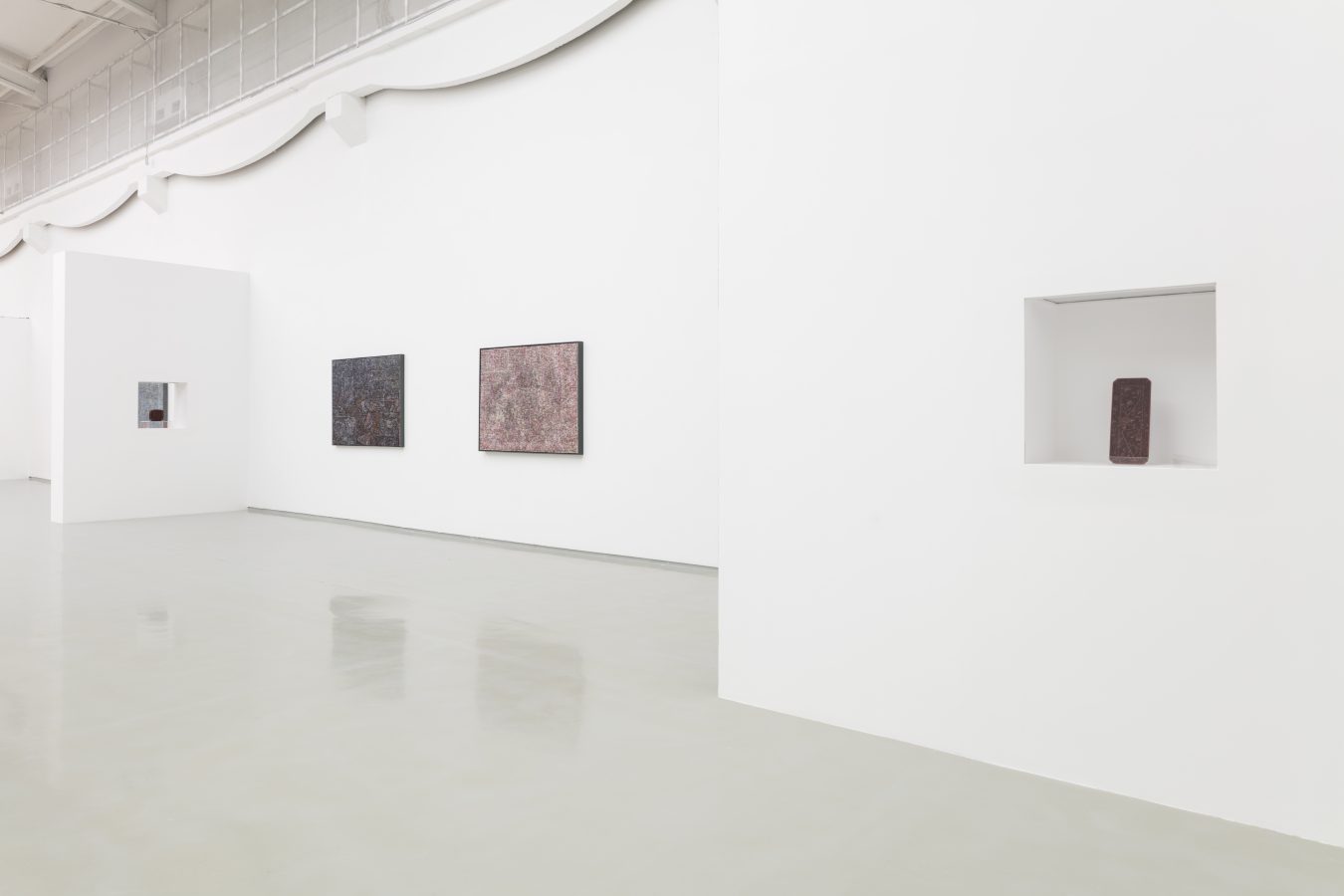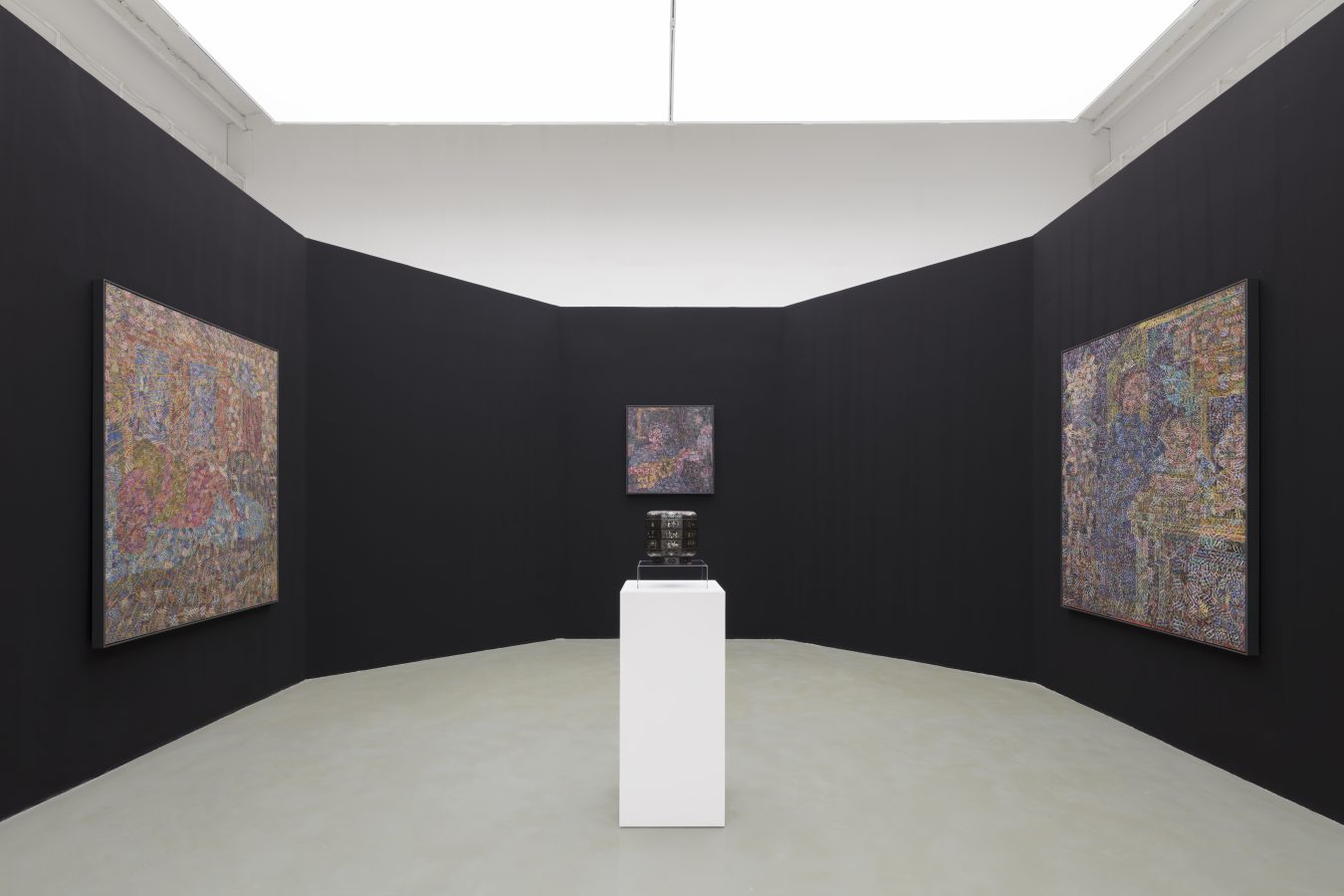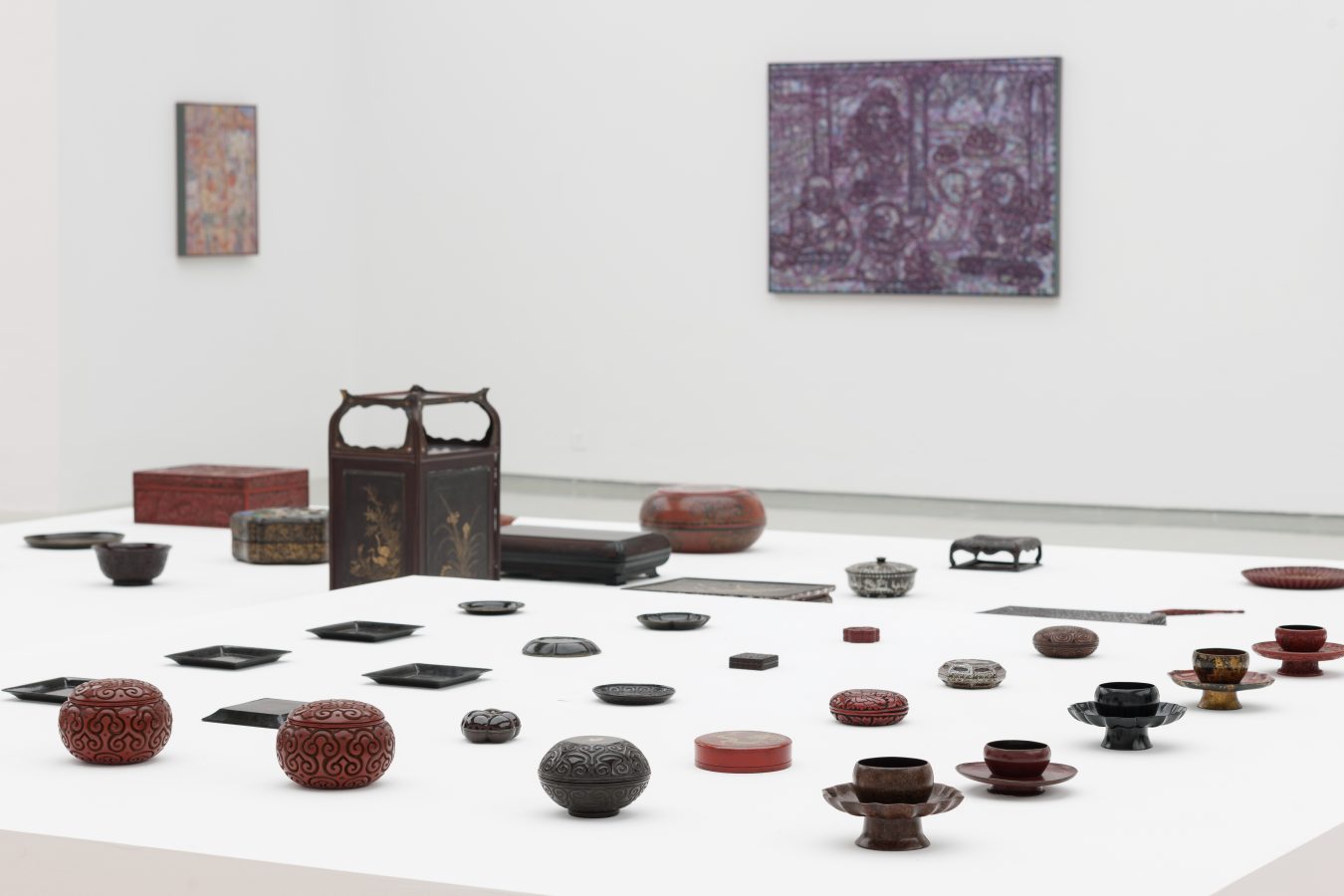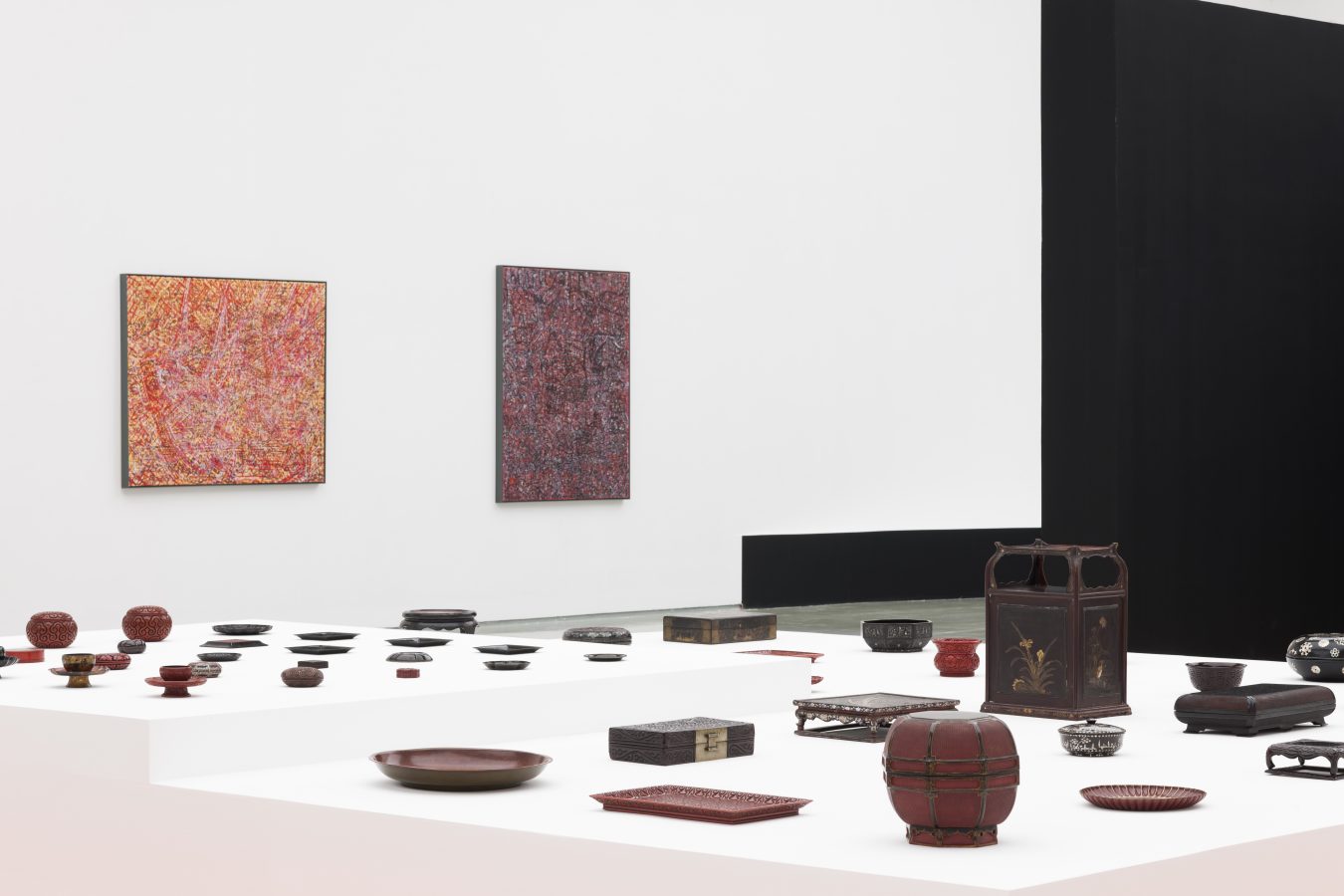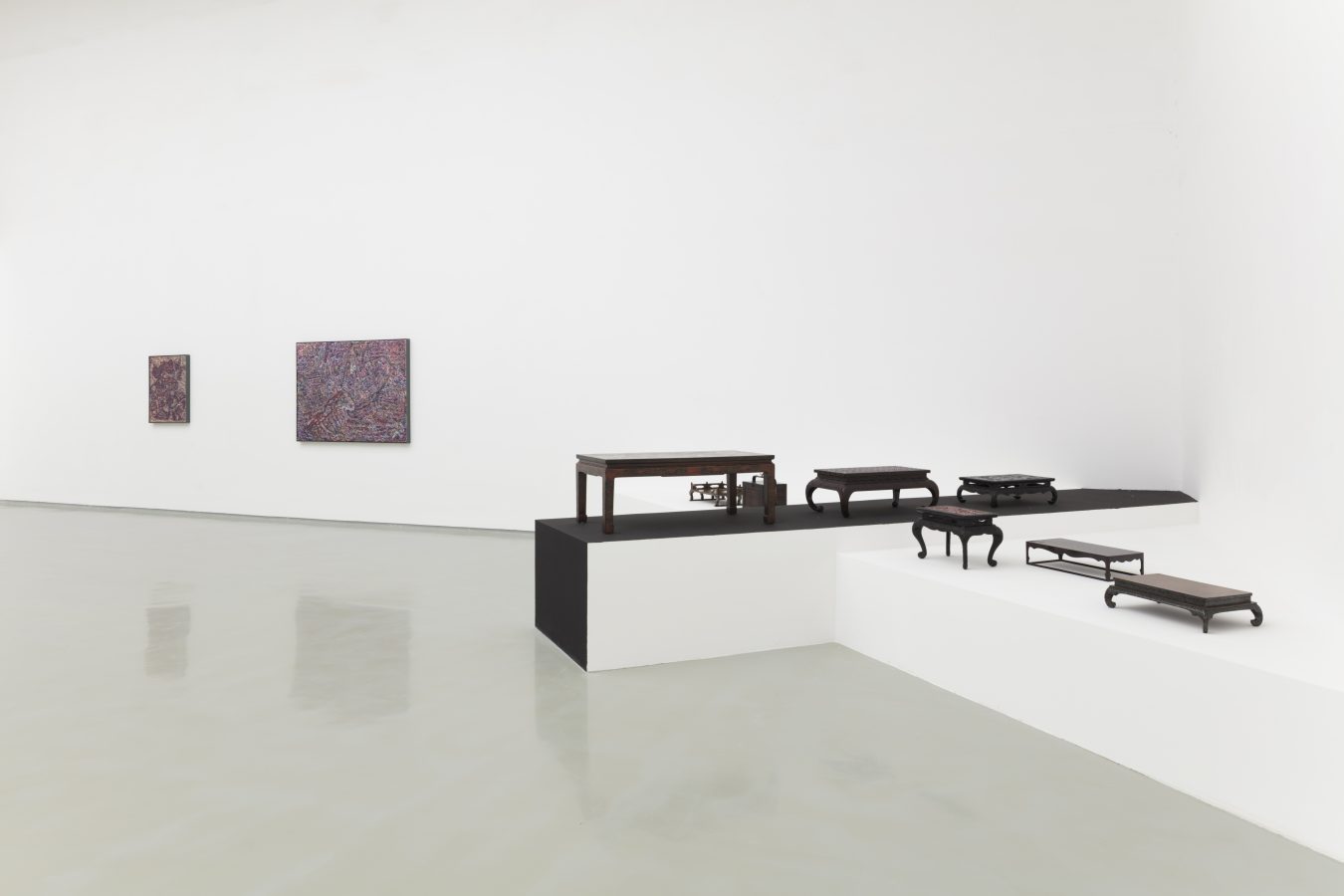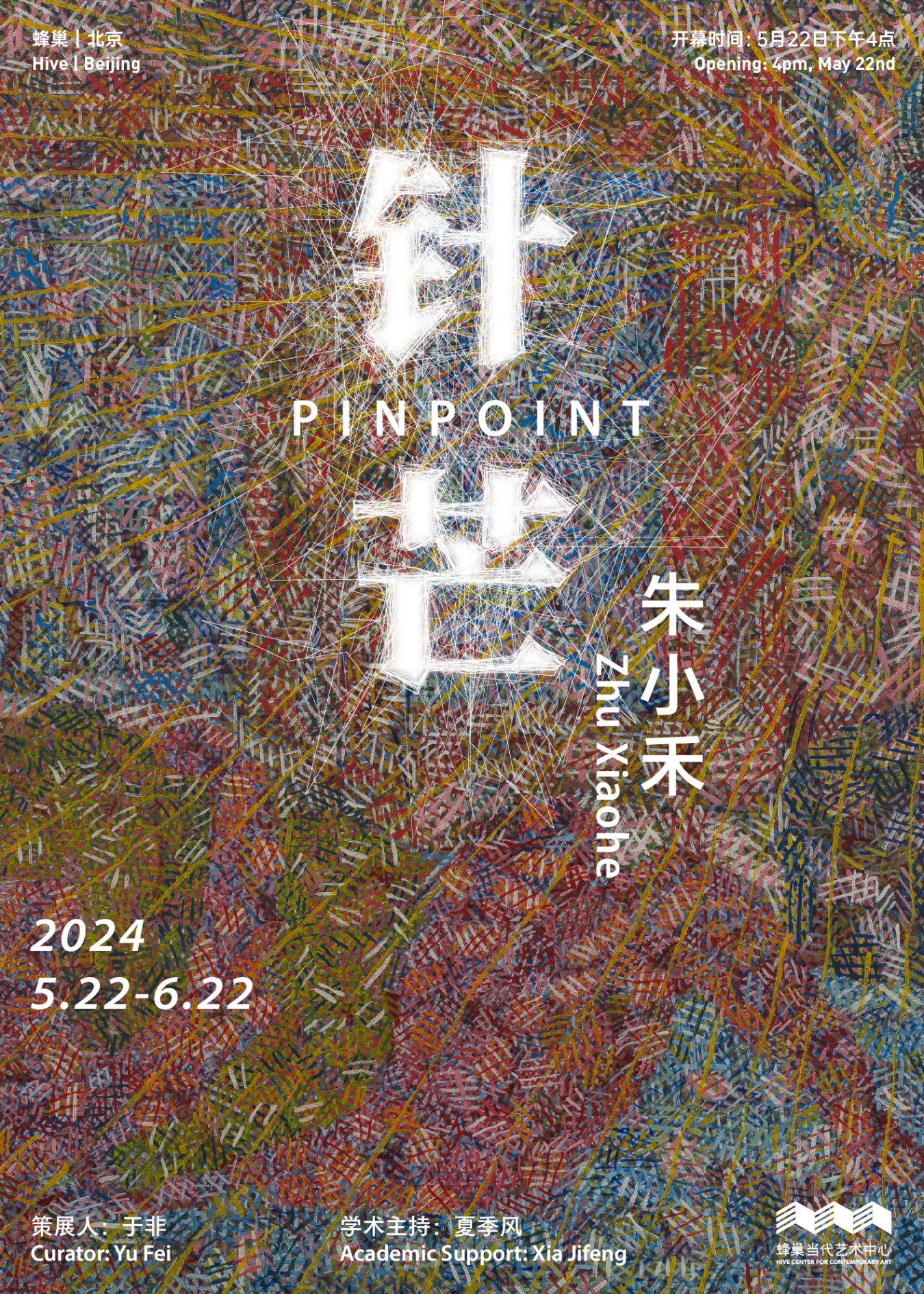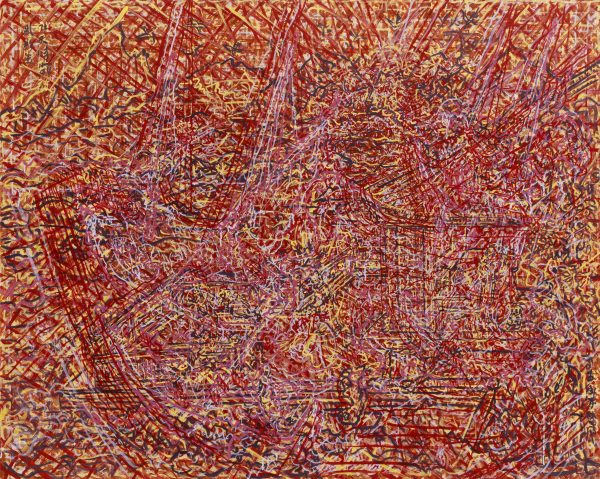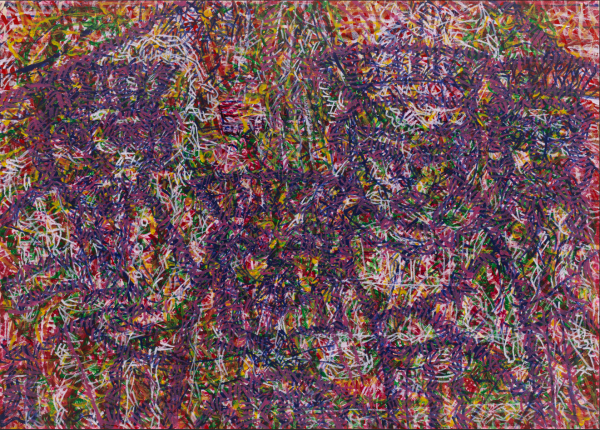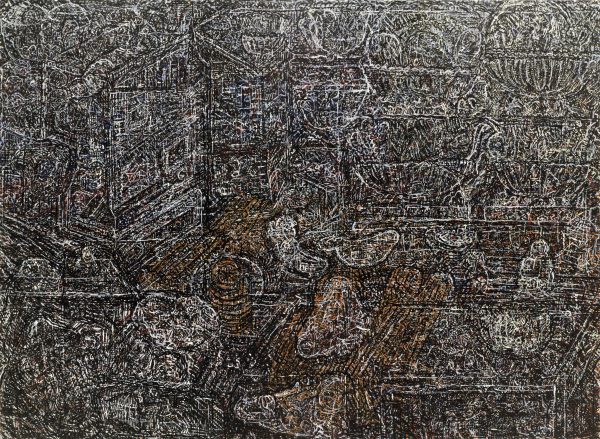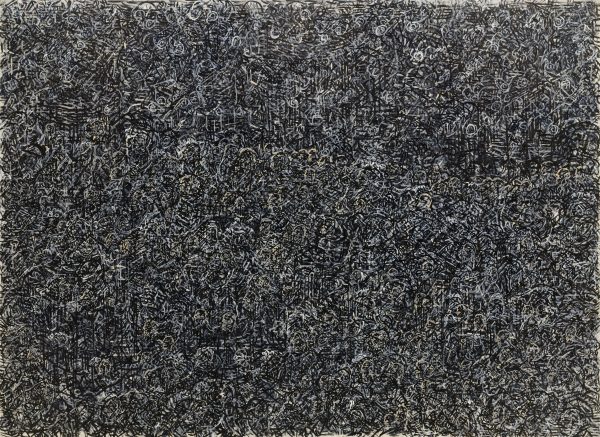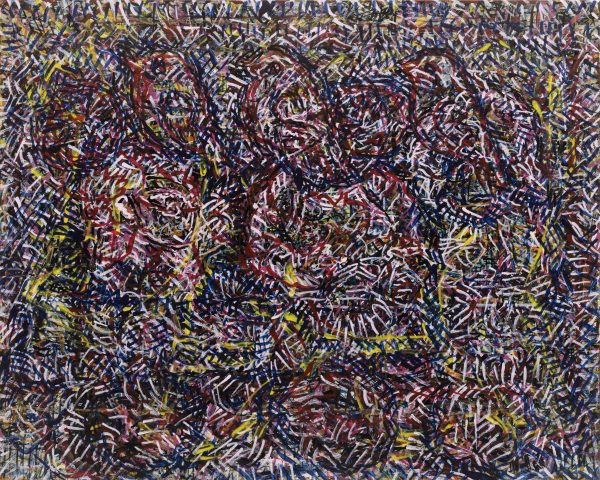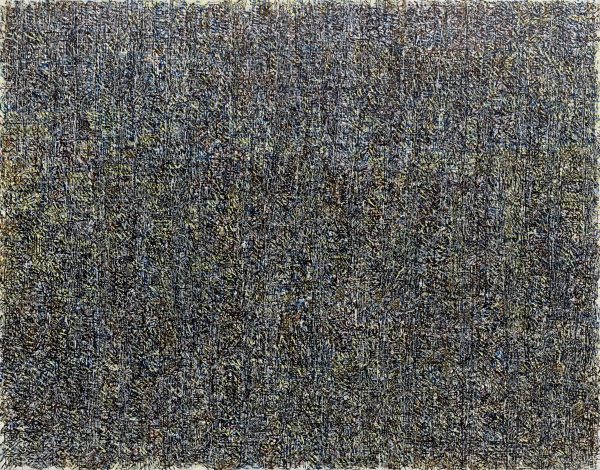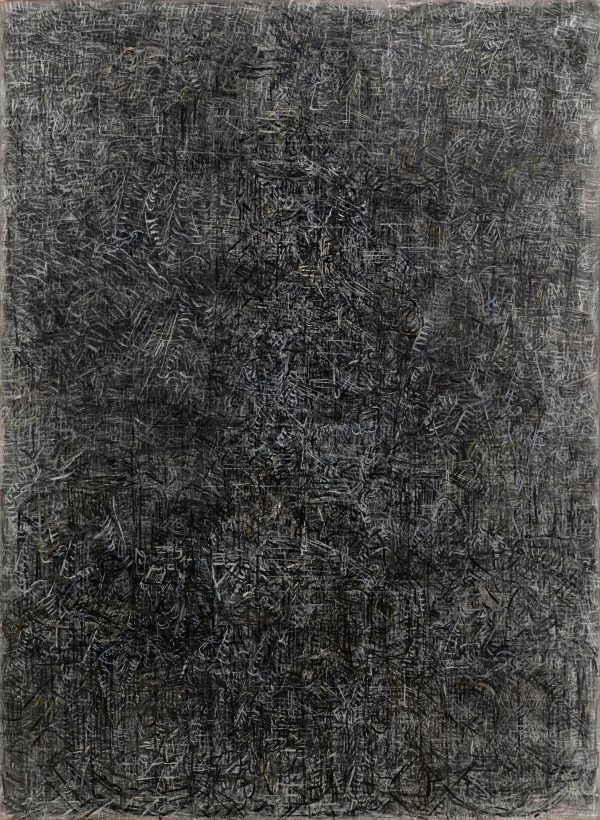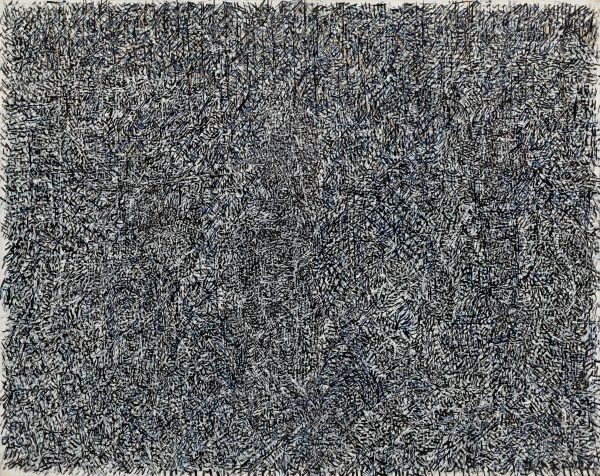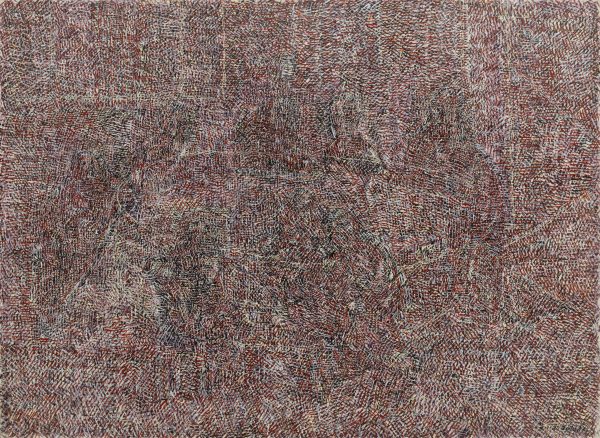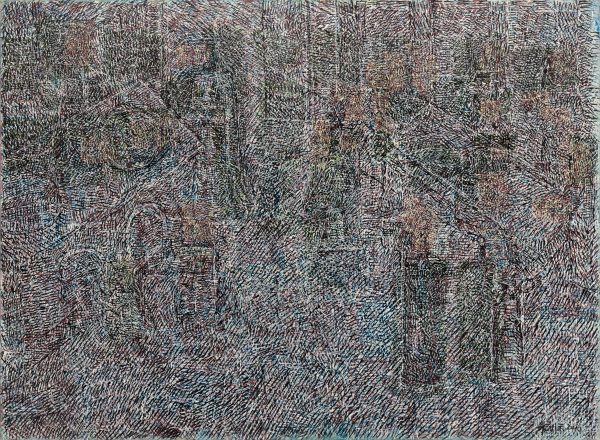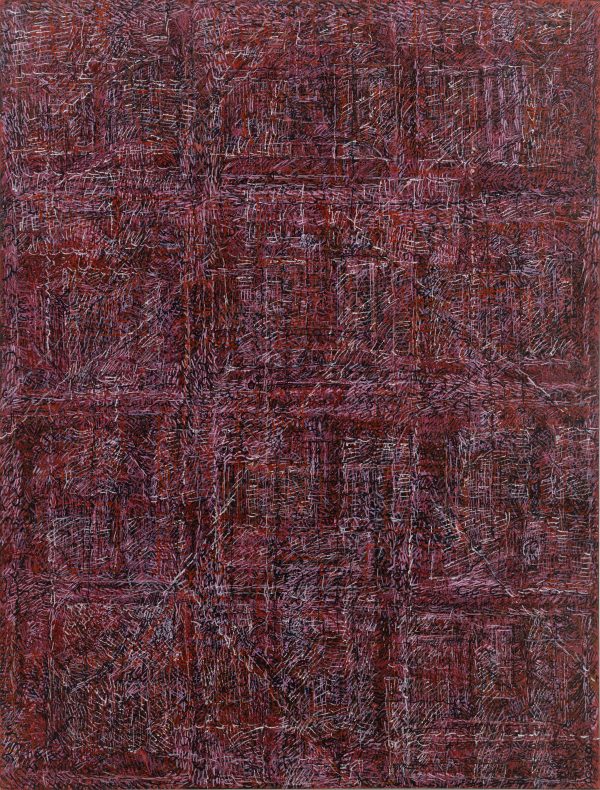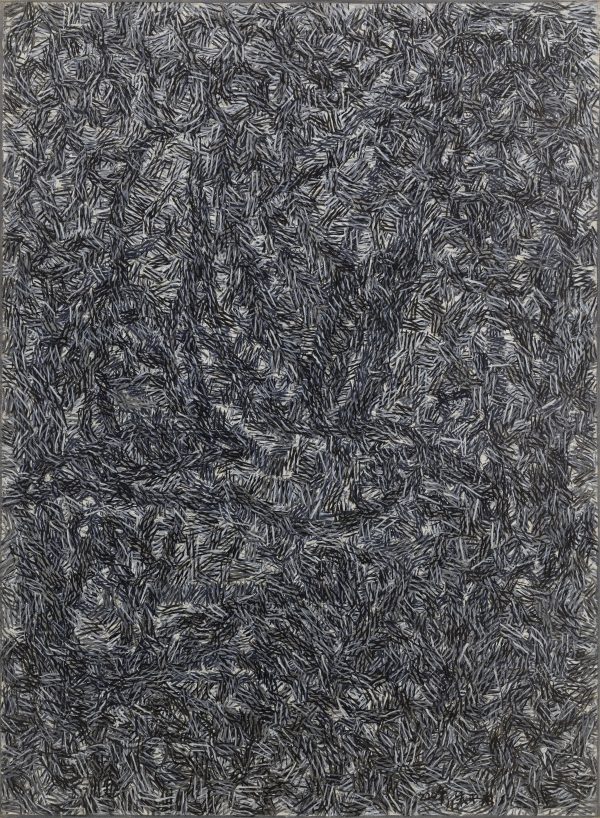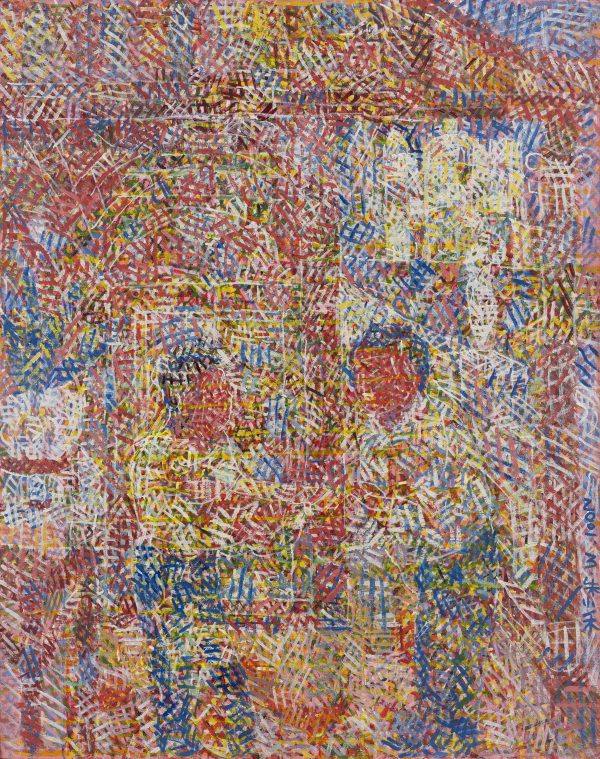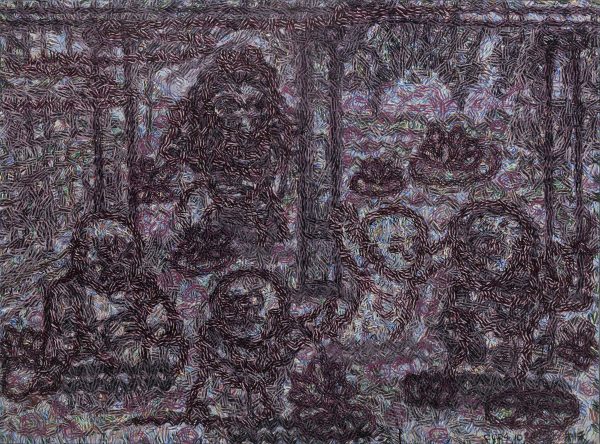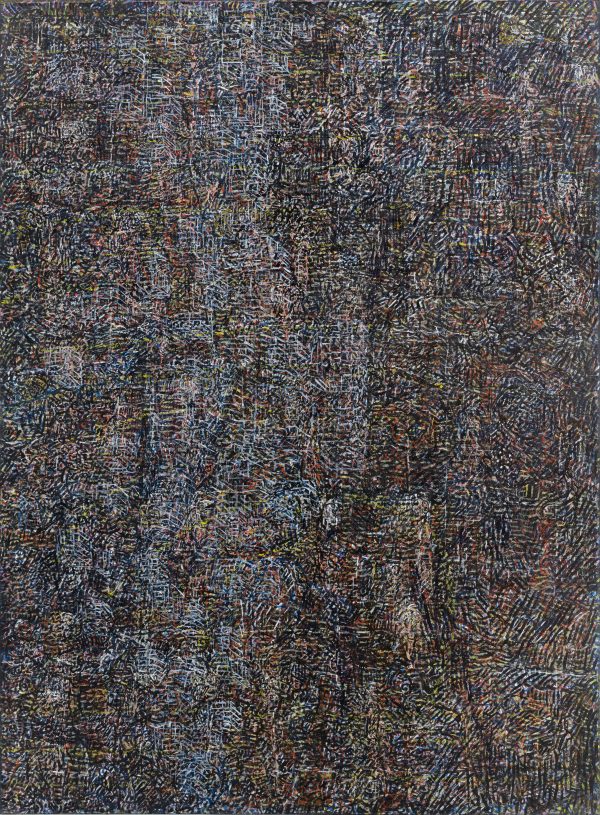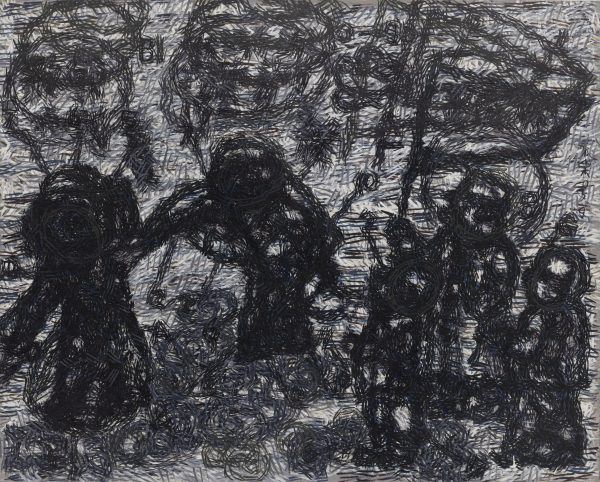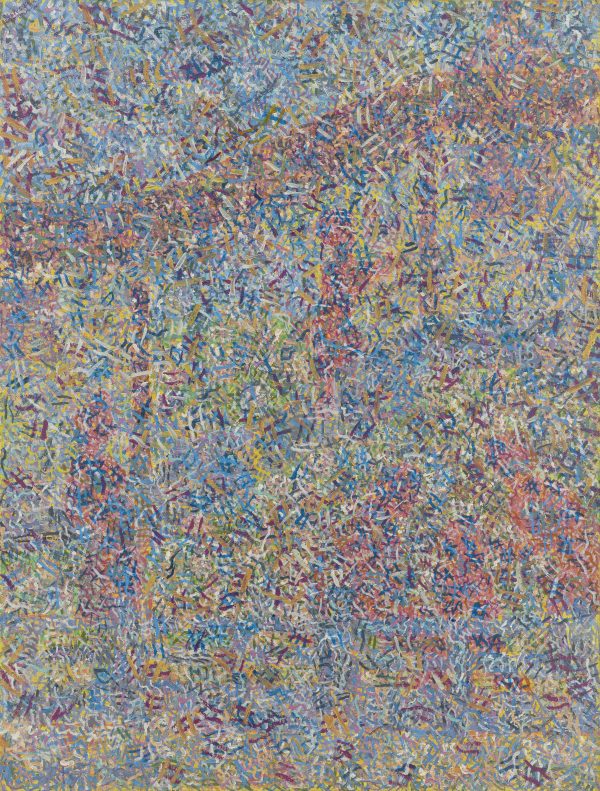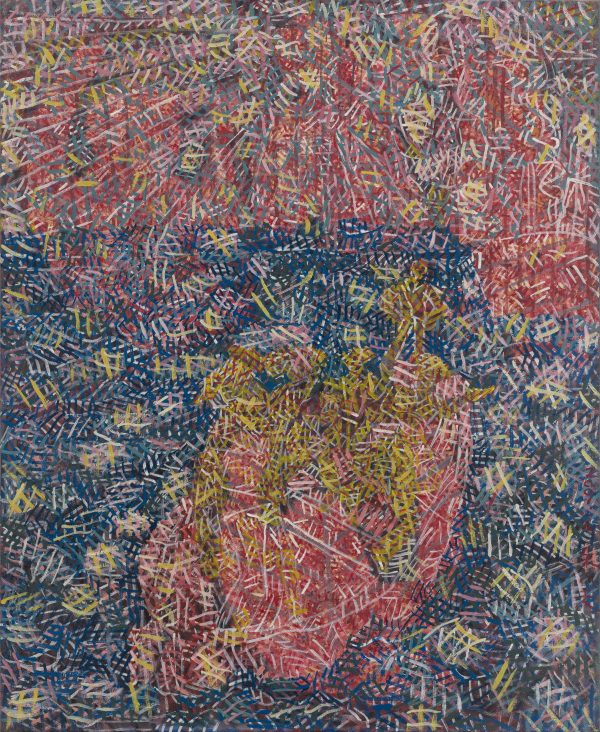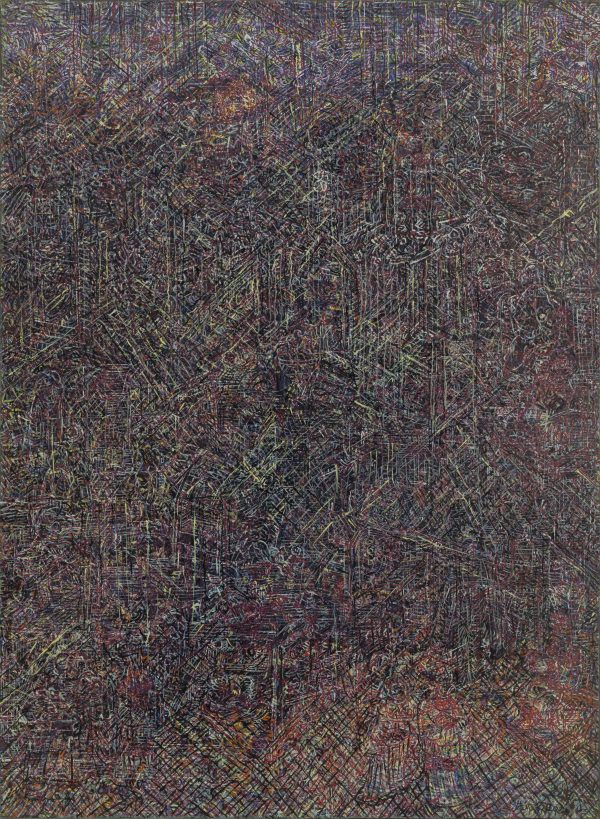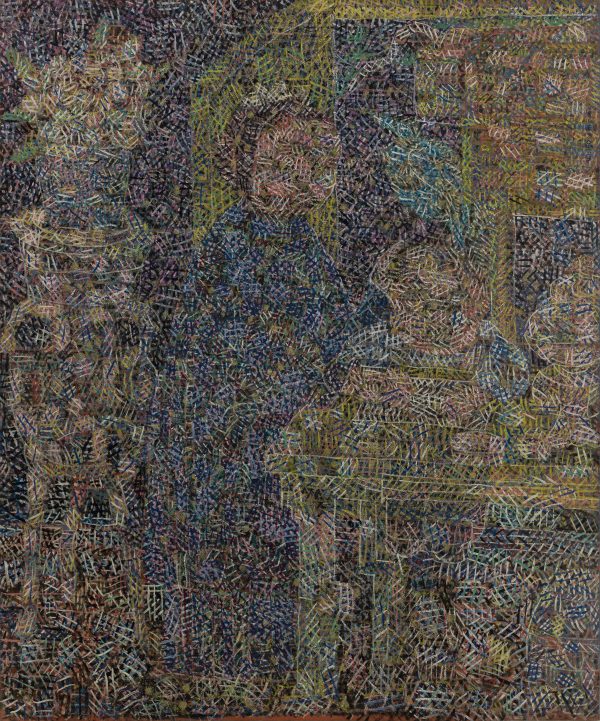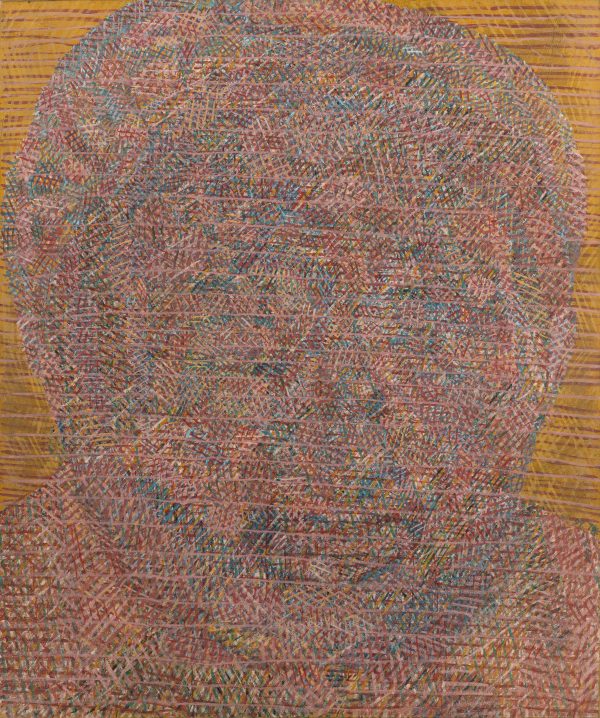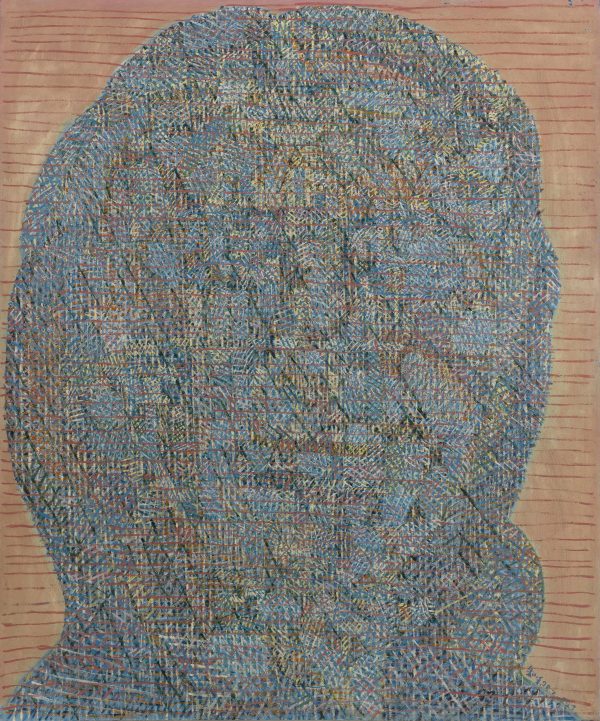Hive Center for Contemporary Art is thrilled to announce the latest solo exhibition of Zhu Xiaohe, ‘Pinpoint’. Opening on 22 May 2024, in gallery A at the Hive Beijing space, this show presents a selection of major works from the artist’s thirty years of practice. Born in Chongqing in 1956, Zhu Xiaohe graduated from the Sichuan Fine Arts Institute’s Department of Arts and Crafts, studying lacquer under renowned modern lacquer art historian and artist Shen Fuwen. He has exhibited in important shows including the sensational ‘China/Avant-Garde’ in 1989, ‘Chinese New Wave and Avant-Garde’ at USC Pacific Asia Museum in the US, and the first edition of the Guangzhou Biennial. Since the 1990s, well versed in the subtleties of traditional Chinese arts and crafts aesthetics, Zhu has integrated the iconography and methodology of lacquer art into his creative practice, pioneering an approach to aesthetics drastically different from that of Western art while developing distinct stylistic identities in his work. This exhibition is curated by Yu Fei, with academic support from Xia Jifeng; it is on view through 22 June 2024.
In Zhu Xiaohe’s thirty years of writing practice, the presence of line penetrates throughout, functioning both as the fundamental structure of his paintings and the irreplaceable axis of his creative career. Entering the Lacquer Programme of the Department of Arts and Crafts at the Sichuan Fine Art Institute in the 1980s, Zhu Xiaohe steered away from the traditional and representational mindset of sketching and instead focused on the language and materiality of the medium itself. Whilst consciously influenced and inspired by Paul Klee, he does not adopt Klee’s unaffected, eased, and poetic sense of ’take a line for a walk’, but always follows the principle of self-restraint and returning to propriety, composing the matrix of philosophical thinking with innumerable, cascading lines.
For Zhu Xiaohe, infinite changes arise precisely within the finite, while the intangible accumulation with time imparts endless abundance in space. Only through the simplest and purest form of the line could he realise the barest and most fundamental creative energy. The title of this exhibition, ‘Pinpoint’, derives from the description of calligraphy in the Eastern Jin essay ‘Diagram of the Battle Formation of the Brush’, in which the subtle and powerful ‘down brushstroke as fine as a pinpoint’, a reflection of Zhu’s extraordinary strength and attitude delivered by the paintbrush tip, referring directly to his unswerving artistic ideals in refined brushstroke, as well as signifying his penetrating insight into the visible world penetrated with densely arranged lines.
As the viewer withdraws from the subtle lines of details in the painting, the blurred images gradually form into shape, most of which are referenced directly from the illustrations of folk woodblock prints and traditional lianhuanhua. Coincidentally, these visual resources that Zhu Xiaohe has encountered since his childhood also iterate the many patterns of ancient Chinese lacquerware; they, together, constitute a duality of tradition in form and context, taking the thousands of years of complex craftsmanship of lacquerware as a carrier. With this, Zhu replaces the coating and carving of lacquer with the writing and overlaying of lines, dismantling and reconstructing traditional craftsmanship with his contemporary brushwork; he is convinced that ‘art must go beyond and disappear in order to be passed on and to survive.’
This exhibition is an attempt to establish a connection and recognition between the contemporary and the orthodox. Juxtaposed with the lacquer masterpieces of Song, Yuan, Ming, and Qing dynasties, Zhu Xiaohe’s paintings spanning the past thirty years engage in dialogue between the two. When the two serve as the coordinates for each other, their relationship seems to have become unambiguous. A new discourse is thus created under the lens of history.
